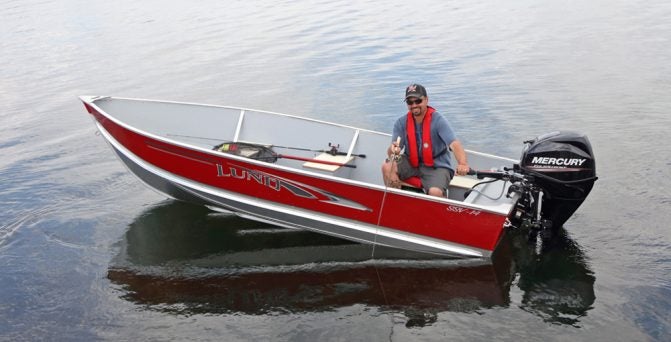
It's all in the details
Often described as the most versatile boat design of all time, the humble 14-foot aluminum boat – often simply called a tinnie – is often the first boat a person ever owns. For many, it’s also the only boat they ever need, so versatile is its design. With simple bench seats, a durable aluminum hull and virtually zero maintenance requirements, the 14-foot tinnie does it all – fishing, duck hunting, or just going for an after-dinner ice cream.
In the north with its large lakes and choppy conditions, anglers prefer a 14-foot aluminum boat with a V-hul, while in the south the flatter-bottomed jon boat rules. In either case, picking the right one for you comes down to thinking about the features that matter most.
Light Weight
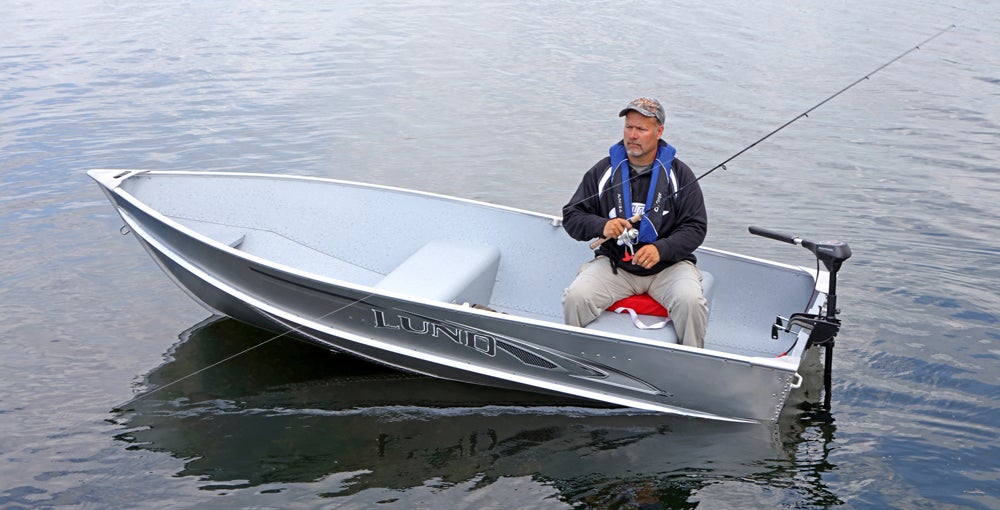
Lightweight boats are easier to transport to remote lakes with no launching facilities – especially if you skip the gas outboard and just use an electric motor.
It may surprise some people, but 14-foot aluminum boats can vary tremendously in weight. If you like to haul the boat into remote back lakes, you’ll want to select a tinnie that’s as lightweight as possible. Many remote lakes have no launch ramps, so getting the boat in and out of the water will require a bit of sweat. That’s a lot easier with a 150-pound boat than one which weighs closer to 300 pounds.
Big Water? Big Boat
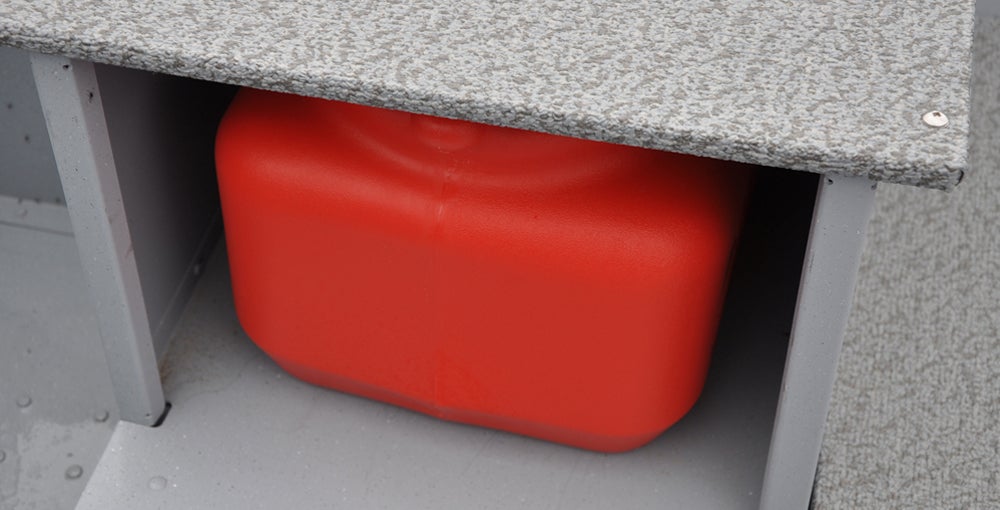
Options like under-seat storage enhance a boat’s versatility.
If you do most of your boating on large, open lakes that can get rough, a more substantial 14-foot aluminum boat will deliver a smoother ride and better handle the swells. Look for a 14-footer that’s wider and deeper than its competitors. Most manufacturers make both lightweight and heavy-weight 14-footers, with the heavier boats being as much as 10 or 12 inches wider and several inches deeper than the lightweight models, in spite of being the same length.
Seat Drains
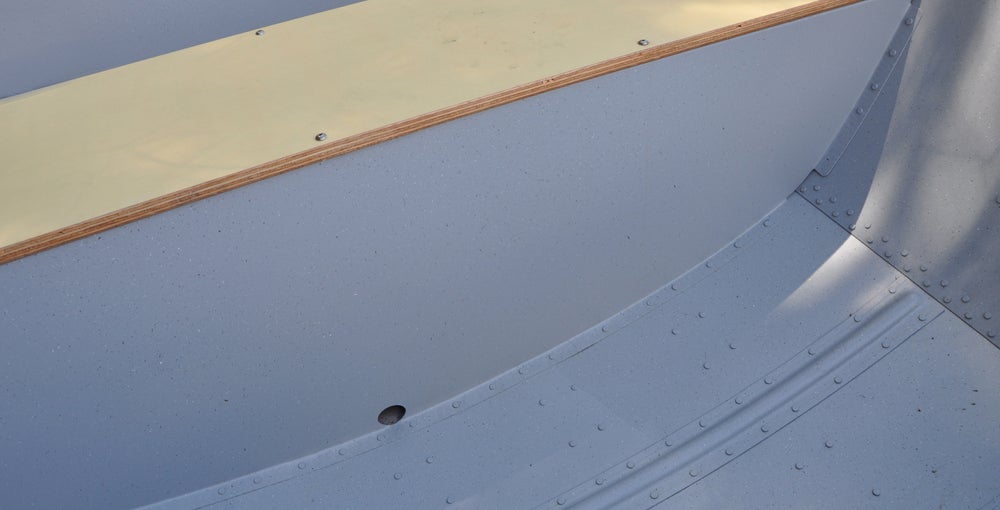
Boats with full-width bench seats should have drains to allow any rain or spray to run off to the bilge.
Many aluminum boats use full-width bench seats to provide added hull rigidity. These styles need to include provision for water to drain rearward to the transom – otherwise spray or rain will simply collect in-place, leaving occupants with wet feet and gear. If the boat has seats which extend all the way to the bottom, ensure they have drainage holes somewhere or you could find your guests doing a lot of bailing.
Flat Floors
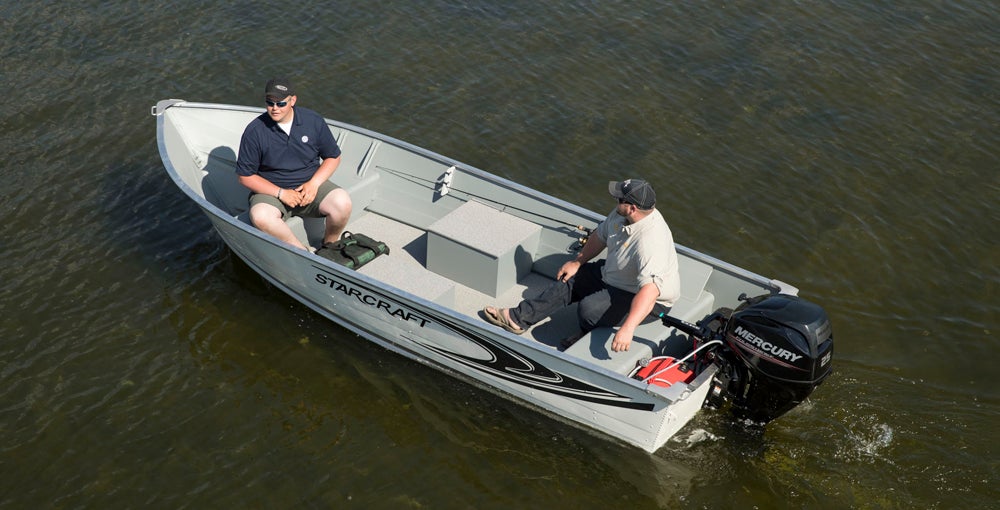
Boats with flat floors weigh more, but offer greater comfort and a drier environment for occupants.
Some 14-foot aluminum boat models have flat floors for added comfort, while on others, you simply walk on the inside of the hull plate. Boats with flat floors often allow the use of split seats for easier passage, which may include storage space or a live well under the seat. Others may offer cut-outs for storing fuel tanks or other gear.
Closed Decks
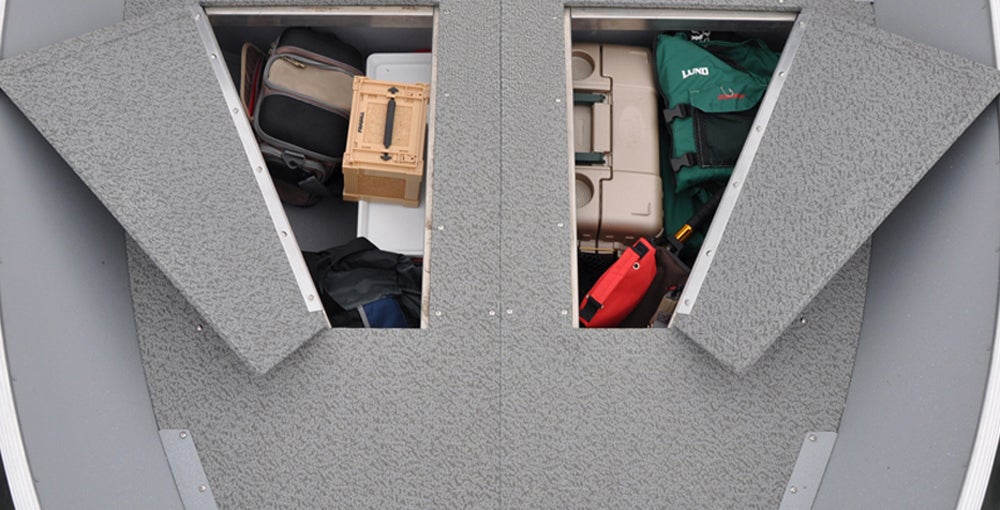
Optional front decks on some 14-footers provide added storage space.
Bigger 14-foot aluminum boats with flat floors may also allow the option of closing in the space between the front two seats to create a raised casting deck. Some even retain access to the space between the front seats, allowing it to be used as a useful storage compartment.
Color My World
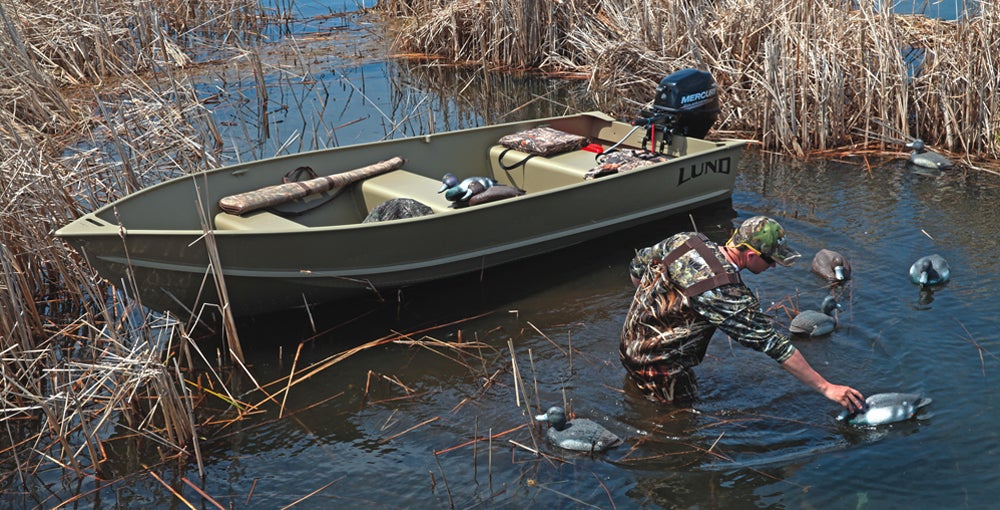
Camo-painted boats offer options beyond the silvery natural aluminum finish.
Where tinnies almost universally come in a natural aluminum finish, it’s possible to order some models in painted olive drab or camo finishes. Originally created for duck hunters, some people simply prefer the look of a painted 14-foot aluminum boat, finding it reflects less of the sun’s bright light than the natural aluminum finish.
Pimp My Ride
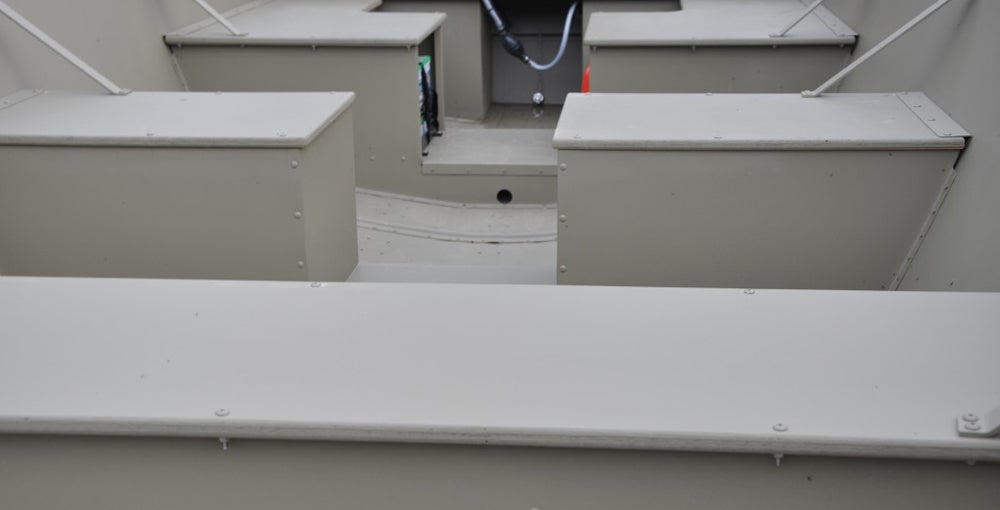
Split seats make it easier to move around inside the boat. They’re most often seen in conjunction with flat floors, but not always.
While boat manufacturers offer a wide choice of 14-foot aluminum boat models, virtually all of them can be further customized to meet any owner’s exact needs. See your marine parts dealer for a huge variety of accessories, from rod holders, mounts for electronics, splash guards, swivel seats and more. One of the best things about any 14-foot boat is that it comes from the factory as a blank canvas, just awaiting those finishing touches that make all the difference.
The most versatile boat on the water? It’s not hard to make a case for the humble 14-foot tinnie laying claim to the prize. No wonder it seems like everyone has one of these useful aluminum boats.
How Much Does a 14-Foot Aluminum Boat Weigh?
As we discusses earlier, the weights of the classic 14-foot tinnie vary dramatically. You can find some v-hull designs that are in the 150-pound range, which are reasonably easy to move around. But flat-bottomed jon boats tend to weigh more. Add in under-floor storage and a wider design and weights approaching 300 pounds are possible.
What Size Motor for a 14-Foot Aluminum Boat
Before you run out and purchase a motor for your 14-foot aluminum boat, check the Coast Guard-issued capacity plate, which will give you a maximum. Too much horsepower in a small boat can lead to big problems. The last thing you want is to go out for, hit the throttle and have the front end come out of the water and turn the boat over.
For lighter boats, a motor that produces 8-10 horsepower can get the job done quite easily. But if you’ve got a heavier boat, a 20-horsepower motor will get most any tinnie moving quickly. Just keep in mind that higher horsepower motors need more fuel and cost more to purchase. With a boat this size, sometimes less is more.

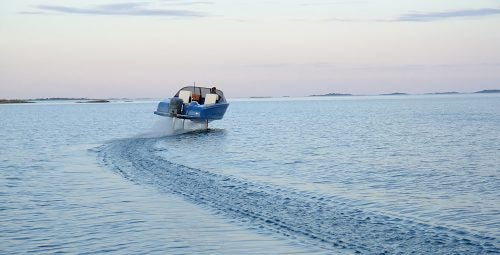



 Fort Lauderdale International Boat Show Preview
Fort Lauderdale International Boat Show Preview 10 Best New Boat Accessories at IBEX 2021
10 Best New Boat Accessories at IBEX 2021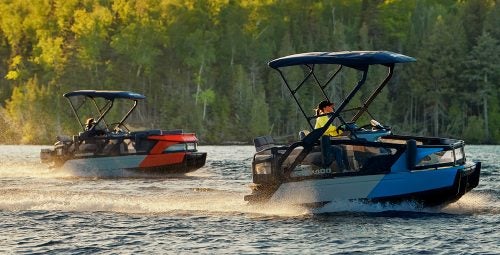 2022 Sea-Doo Switch Pontoon Boat Lineup Unveiled
2022 Sea-Doo Switch Pontoon Boat Lineup Unveiled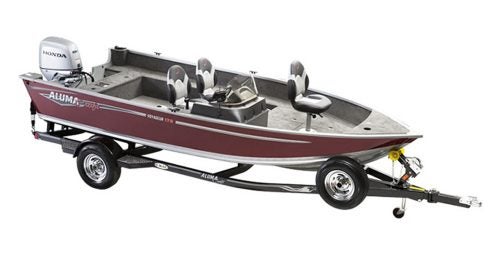 BRP Enters Fishing Boat Market with Purchase of Alumacraft Boat
BRP Enters Fishing Boat Market with Purchase of Alumacraft Boat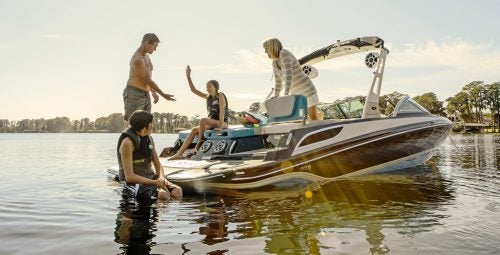 Volvo Commits To Electric Power By 2021
Volvo Commits To Electric Power By 2021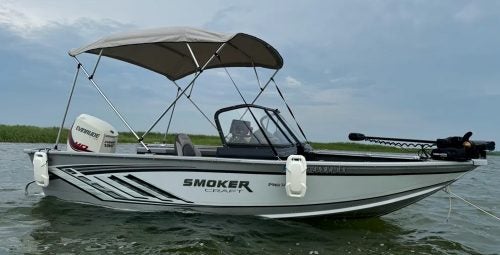 Kemimoto 4 Bow Bimini Top and Boat Bumper Review
Kemimoto 4 Bow Bimini Top and Boat Bumper Review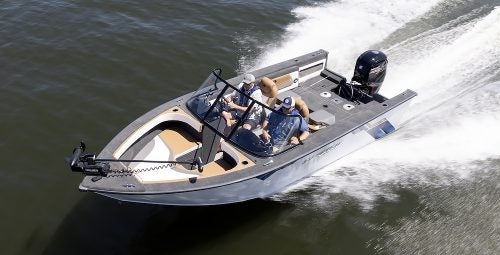 Starweld Victory 20 Review
Starweld Victory 20 Review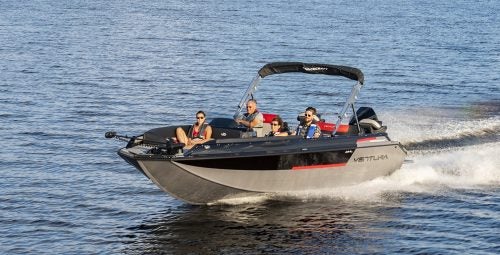 Princecraft Ventura 23 RL Review
Princecraft Ventura 23 RL Review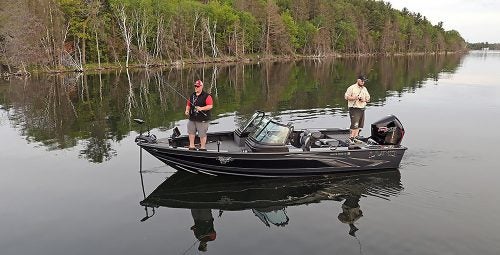 Lund 2075 Pro V Review
Lund 2075 Pro V Review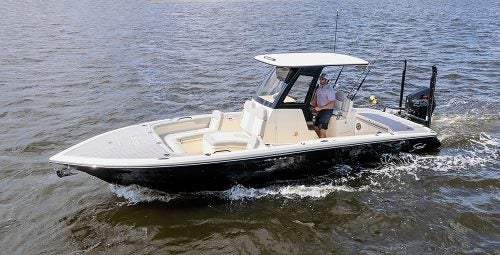 Scout 281 XSS Review
Scout 281 XSS Review Fuel Saving Tips For Boaters
Fuel Saving Tips For Boaters Best Boating Accessories
Best Boating Accessories Best Boating Apps
Best Boating Apps 5 Pontoon Boats That Are Made To Fish
5 Pontoon Boats That Are Made To Fish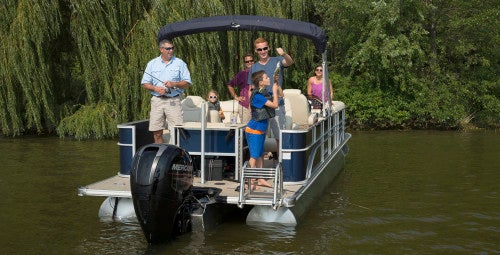 10 Great Small Pontoons
10 Great Small Pontoons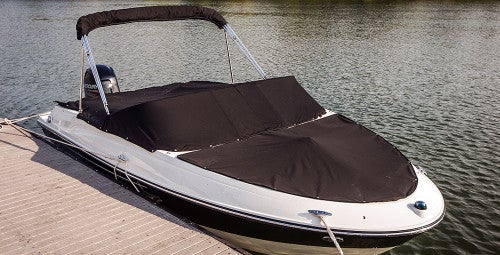 Your Boat Was Expensive—Do You Really Trust a $2 Rope From the Dollar Store to Secure It?
Your Boat Was Expensive—Do You Really Trust a $2 Rope From the Dollar Store to Secure It?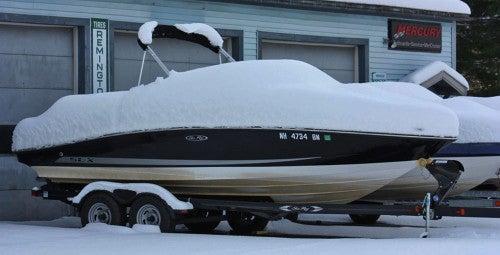 Do I Need Insurance Coverage Against Ice or Freezing Damage?
Do I Need Insurance Coverage Against Ice or Freezing Damage? What Kind Of Insurance Coverage Do I Need?
What Kind Of Insurance Coverage Do I Need?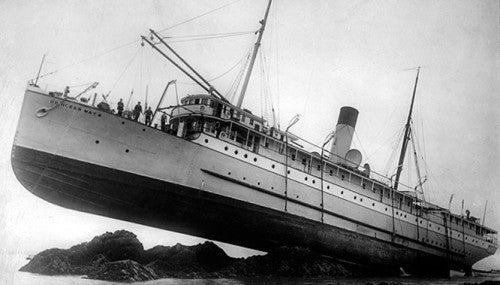 What About Salvage?
What About Salvage?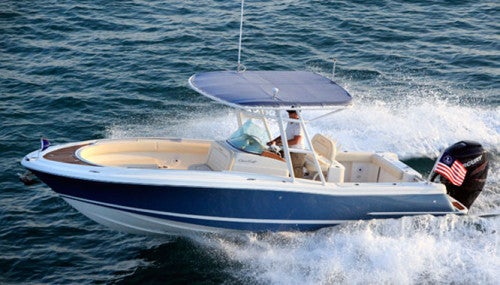 Boat Insurance or Yacht Insurance?
Boat Insurance or Yacht Insurance?


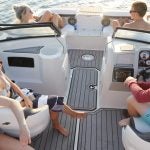
 The Best Bowriders For The Money
The Best Bowriders For The Money
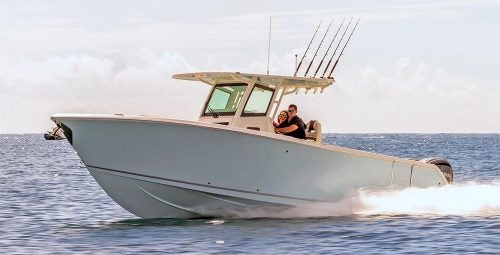 Sailfish 312CC Review
Sailfish 312CC Review
 The Wildest Concept Yachts
The Wildest Concept Yachts
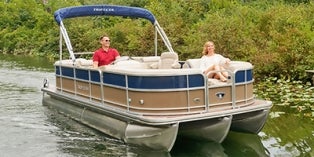 2016 Trifecta 200 Series 220FCR
2016 Trifecta 200 Series 220FCR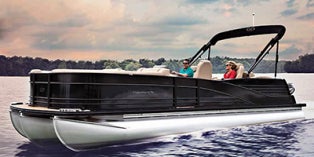 2016 Harris Grand Mariner SL 270 DL
2016 Harris Grand Mariner SL 270 DL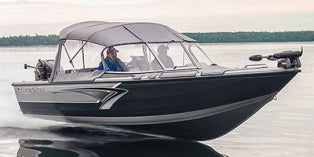 2016 Crestliner Authority 2050
2016 Crestliner Authority 2050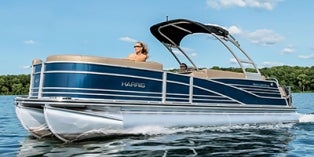 2016 Harris Grand Mariner SL 230 DLDH
2016 Harris Grand Mariner SL 230 DLDH
